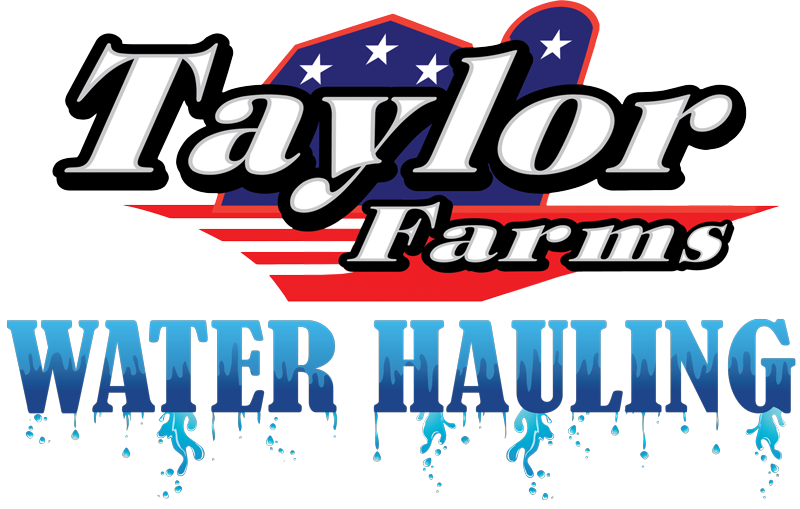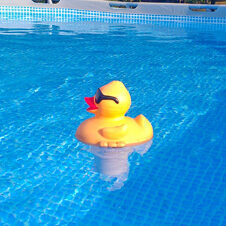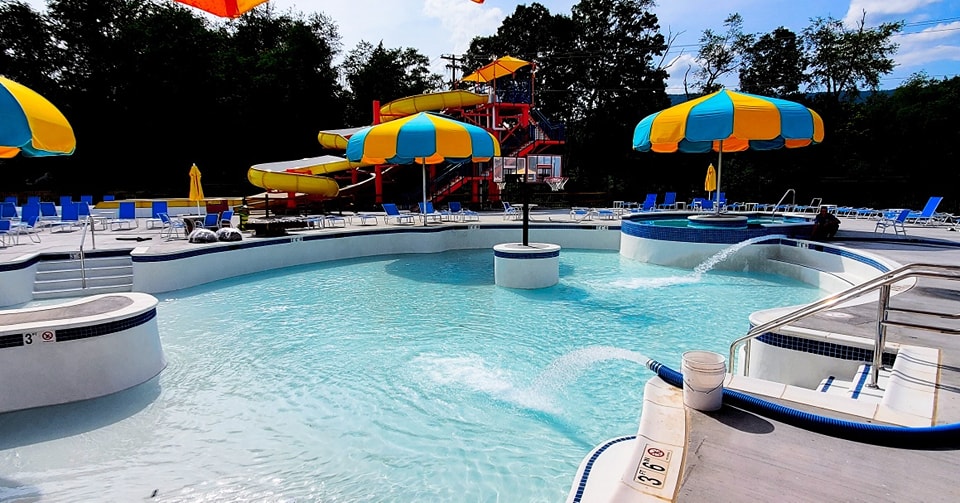Achieving the correct chlorine balance in your swimming pool is critical, not only for clean water but for the swimmer’s safety too.
Below, we’ll explain the basics of pool water chemistry and why your pool must have the proper chlorine levels.
The Importance of Chlorine
In a perfect world, you could jump in your swimming pool immediately after the water delivery truck left, without any care about water chemistry.
Keeping your pool clean requires significant effort, especially regarding its chemical levels. The trick is finding the ideal balance between water chemistry and sanitization, the latter of which is usually accomplished with chlorine.
Pool chemistry consists of measuring and maintaining proper levels of three elements: pH, alkalinity, and calcium hardness. Although all three are important, they have a different role than chlorine. Chlorine’s primary purpose is to sanitize the water, keeping it clean and safe by killing waterborne germs.
How Does Chlorine Work?
Chlorine works by oxidizing harmful pollutants. Essentially, it penetrates the individual molecules and destroys them from the inside out. It’s highly effective against many harmful contaminants, including:
- Bacteria
- Viruses
- Algae
- Germs
- Parasites
- Microorganisms
Free vs. Combined vs. Total
There are different types of chlorine in swimming pools.
Here’s the formula: free chlorine + combined chlorine = total chlorine. But what’s the difference between the three?
Free Chlorine
This refers to the chemical after it has just been added to your pool.
Immediately after treating your pool, the chemical breaks down and forms hypochlorous acid (HOCl). The HOCl combines with oxygen to form hypochlorite (CIO). The combination of HOCl and CIO is known as free chlorine.
Combined Chlorine
After the formation of free chlorine, the process of oxidation begins, eliminating harmful contaminants like bacteria, microorganisms, etc.
During oxidation, the free chlorine combines with the pollutants until there is no actual chemical left. The result is referred to as combined chlorine, which is “used up” and can no longer sanitize the water effectively.
Total Chlorine
Finally, total chlorine is the amount of both free and combined chlorine present in your pool’s water.
When the levels of free and total are identical, that means there’s no combined chlorine in your water.
How Does an Imbalance Affect Your Swimming Pool Water?
The only way to properly sanitize the water in your pool is by keeping the level of free chlorine higher than the level of combined chlorine.
However, this requires you to test your water regularly to determine whether it’s properly chlorinated. Why should you worry if your chlorination levels are off? How does it affect the cleanliness and quality of the water in your pool?
If You Add Too Much
Chlorine treatments are necessary to disinfect pool water and remove harmful or hazardous contaminants, keeping the water safe for swimming.
So, in theory, wouldn’t adding large amounts to your pool just make it super clean and sanitary? The answer is no. Swimming in a pool with extremely high chlorine levels is hazardous to your health.
In high doses, this is a dangerous, highly corrosive chemical. Over-exposure can cause serious health problems and injuries.
One example is irritant dermatitis, which causes raised bumps of itchy, red skin. Furthermore, chlorine is an extreme eye irritant, causing redness and over-dilation of the blood vessels.
The presence of excess vapor on the water’s surface can also result in breathing and respiratory problems, including asthma. Respiratory issues usually occur with prolonged exposure to high chlorine levels, although most clear up on their own after a few days.
Finally, over-exposure can also cause chlorine poisoning. Symptoms include dizziness, burning sensation in the throat, nausea and vomiting, chronic cough, and chest pain.
If You Add Too Little
Swimming in a pool that doesn’t contain enough chlorine causes a separate set of issues.
The first problem, and most obvious, is that under-chlorinated water isn’t clean or sanitary. It could contain germs, viruses, bacteria, parasites, and other harmful substances, including waterborne illnesses like E.coli or salmonella.
In addition to the hazards of unsanitary water, failing to maintain high enough levels also allows algae to grow and thrive in large blooms. Another common result of under-chlorination is poor water quality.
If your pool looks cloudy, you probably need to add more chlorine. Low levels can also cause debris and other matter to clog the filters, form scales, and discolor the pool walls.
Imbalanced pH Levels
The pH levels in your pool have a direct effect on the cleanliness and safety of the water.
It can be tricky to maintain pH at the proper level, and adding too much or too little chlorine is a common mistake that affects the pH in your pool. In turn, this increases the acidity of the water.
Highly alkaline water (over 8.0 pH) also lowers the effectiveness of chlorine as a sanitizer to a fraction of its normal capabilities. Plus, the acidity causes corrosion and damage to the pool, its plumbing, equipment, and other exposed surfaces.
What Causes Chlorine to Weaken and Slow Down?
If you’re frequently experiencing low and weak chlorine levels, several factors could be contributing to the problem.
We’ll give you a quick rundown of the most common culprits:
- Presence of metals (iron and manganese)
- Non-living organics and body waste (sweat, sunblock, urine, body oils, etc.)
- Prolonged exposure to direct sunlight (UV rays)
- Excess pH levels (over 8.0)
- Phosphates (from algae)
- Over-stabilzation (cyanuric acid)
How Can You Correct an Imbalance?
Whether your swimming pool has too much chlorine or not enough, it’s essential to correct the problem immediately and balance the chemistry of your water.
Of course, most pool owners aren’t biochemists. But the good news is you don’t need to be in order to maintain a properly balanced pool.
If your pool is already filled with water and needs to be re-balanced, there are several at-home kits available at pool supply stores to get your water safe again. Most supply stores also have testing kits available so you can continually monitor your water’s chemical balance and adjust as needed.
The easiest and safest way to ensure your water is clean, safe, healthy, and properly balanced is by scheduling water delivery of water that is already chlorinated. This is a fast and easy way to get clean, chlorinated water, and allows you to have peace of mind that your family and friends will have fresh, sanitary water to swim in during the summer.
Swimming pools are a lot of fun, but they also require a lot of maintenance and care to ensure the water is safe.
When properly balanced and chlorinated, you swimming pool should last for a long time. When you need water for your pool whether to top it off or to fill it up, Taylor Farms Water Hauling has clean, chlorinated water available.
If you’re searching for clean, locally sourced water for your swimming pool, large event, construction site, or emergency service your search is over!
Taylor Farm’s Water Hauling is the area’s leader in water delivery for West Virginia, Maryland, Virginia and limited areas of Pennsylvania. You may contact us online or call us at 304.229.1194. We deliver water for any size swimming pool or hot tub, ponds, and cisterns. We also provide potable water for events and emergency services.




